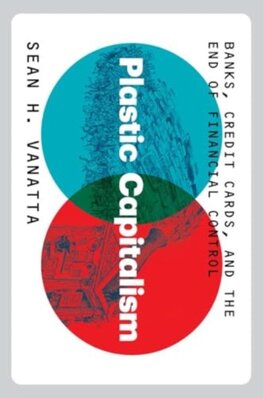


How bankers created the modern consumer credit economy and destroyed financial stability in the process American households are awash in expensive credit card debt. But where did all this debt come from? In this history of the rise of postwar American finance, Sean H. Vanatta shows how bankers created our credit card economy and, with it, the indebted nation we know today.
America’s consumer debt machine was not inevitable. In the years after World War II, state and federal regulations ensured that many Americans enjoyed safe banks and inexpensive credit. Bankers, though, grew restless amid restrictive rules that made profits scarce.
They experimented with new services and new technologies. They settled on credit cards, and in the 1960s mailed out reams of high-interest plastic to build a debt industry from scratch. In the 1960s and ’70s consumers fought back, using federal and state policy to make credit cards safer and more affordable.
But bankers found ways to work around local rules. Beginning in 1980, Citibank and its peers relocated their card plans to South Dakota and Delaware, states with the weakest consumer regulations, creating “on-shore” financial havens and drawing consumers into an exploitative credit economy over which they had little control. We live in the world these bankers made.
| Autor |
Sean H. Vanatta |
|---|---|
| Vydavateľ |
Yale University Press |
| Jazyk | anglický |
| Väzba | Hardback |
| Počet strán | 416 |
| Formát | 235 x 156 |
| EAN | 9780300247343 |
| Rok vydania | 2024 |
| Edícia |
Ekonomika, manažment, motivácia |